Hundreds of thousands of migrants throughout Mexico are facing uncertainty after the Trump administration’s executive order shutting down the CBP One app last week.
Until recently, CBP One was the only way for people to apply for asylum in the United States. In preparation for possible mass deportations, Mexican authorities on the northern border with the US are building large facilities to house potential deportees.
The manager of a migrant shelter in Tapachula, a city on Mexico’s border with Guatemala, explains that there have been some returns to Central American countries. However, for many others there is no option to go back; for them requesting asylum in Mexico is now seen as an alternative.
At the same time, other groups of migrants are trying to advance through Mexican territory by train or walking together in caravans, especially in the state of Chiapas. They are seeking protection from the violence perpetrated by various armed actors, despite the fact that Mexican authorities are continuously returning migrants from the northern and central parts of the country to the south.
Four migrants stranded in southern Mexico—a Colombian, a Congolese, a Honduran, and a Guinean—share their experience surviving a long, complex, and dangerous migration route, only to face a tightened US immigration policy.
Kevin*, Huila, Colombia
"Going back to Colombia scares me"
I was in my fourth semester of industrial engineering at university. I did not intend to leave Colombia because I had everything there, family… I had a normal life, I played football. I am a fan of Millonarios [a Colombian football club] but I like European football more: Barça, Liverpool, Spain.
The main reason for leaving Colombia was the violence. My parents have a coffee farm. Suddenly an armed group started to intimidate us. They wanted to recruit those of us who had done military service because we already know the training. That is why I decided to flee. I do not want to belong to an armed group that does not fight for the good of the country, that is pure drug trafficking.
I contacted my brother, who has been in Utah for a year.
I have been in Mexico for five months now. I arrived by plane in Mexico City and I was working in a hardware store. But when I wanted to leave the state, immigration caught us. They made us take off our belts and shoes. Luckily, I didn’t lose anything. The next day, 40 people—including Venezuelans, Cubans, Hondurans, Salvadorans, and Colombians—were sent by bus to Villahermosa [in the state of Tabasco, southern Mexico]. From there I came to Coatzacoalcos and now we are waiting for the train. We were all trying to get to the border before Trump took power.
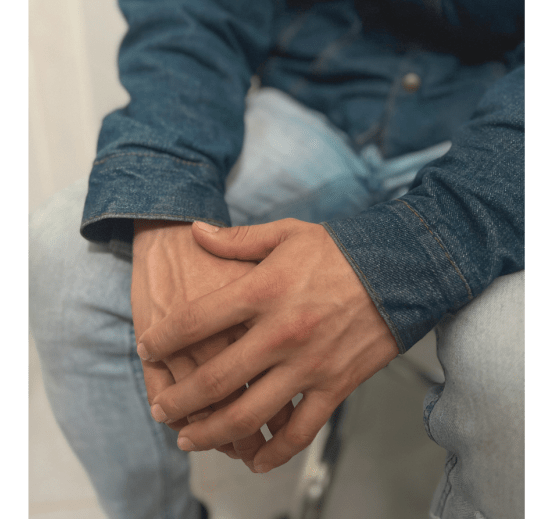
Salma*, Republic of the Congo
"I am just looking for a better life"
I am 26 years old and I am traveling with my 4-year-old daughter. We are from Congo-Brazzaville [Republic of the Congo]. It is not easy for us to get visas to anywhere, but we try. Some people pay up to $3,000 through intermediaries.
I got a visa for Brazil and we took a plane. I spent six months there working, but the salaries are not good—I barely earned $200 a month. I consulted TikTok to find out about the [migration] route and prepare myself mentally. People say it is not easy. At first I wanted to go to the United States, but they took almost everything from us [in the Darién Gap] in Panama.
From Colombia they took us by boat and we arrived at a forest. We walked for a day and a half until we reached the mountain that separates Colombia from Panama, a very large one, with very steep slopes. If you fall, you die… My little girl cried a lot. We were with Nepalese, Indians, Colombians, there were Congolese from both countries, Malians, Senegalese, Ghanaians, Mauritanians.
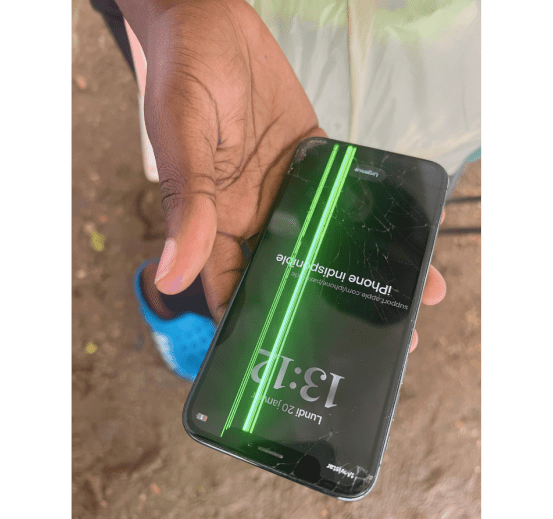
Natasha*, Honduras
"You can pay in different ways"
I am in a shelter in Tapachula with my sister-in-law and my three children, two girls aged 12 and 6, and a boy aged 4. My husband had to leave Honduras early because they wanted to recruit him into the gangs and for a year I have not heard from him, whether he is alive or well.
I left Honduras in October, on the first bus. It was not yet dawn. I was afraid, but we could no longer stay there. We had a small business; it was enough to live on and support our children. They asked us to pay in order to continue and at first I did, but they increased the fee… what was leftover was not even enough to eat. I told them that I could not pay them everything, the rest of the money was missing.
You can pay in different ways, they told me.
I can’t do it in front of my children, I told them.
Find some time and we’ll come back.
When they arrived, I ordered the children to lock themselves in the room and not come out until I told them. They did whatever they wanted with me; I only prayed to God that my girls would not hear. One day they told me that my 12-year-old daughter was very pretty. I kept quiet and started selling some things. We had to leave. I didn’t want that to happen to my daughter. We arrived by bus to Guatemala. When we crossed the Suchiate River to enter Mexico, a Mexican man protected us.
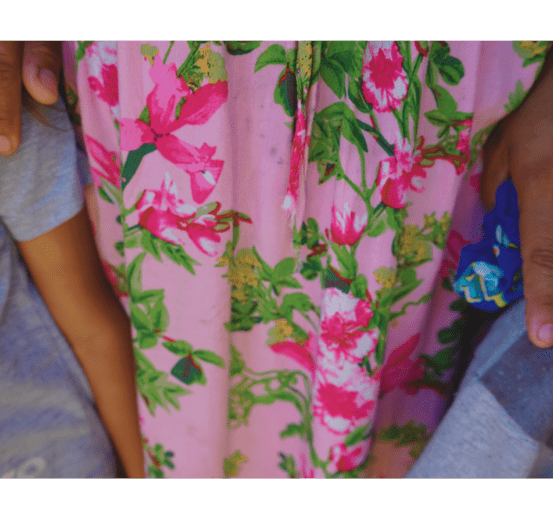
Mamadou, Guinea
"I have seen dead people crossing the jungle"
I am 33 years old and I am traveling with my wife, Ramata, and my daughter, Aishatu, who is 20 months old. We are from Guinea. I lived in Equatorial Guinea [for some time] and then for seven years in the Spanish city of Málaga. I returned to my country and became involved in a political party and in business, but there was a coup d’état and the situation became increasingly complicated, with threats to my life.
That is why we decided to leave. I thought about going to France, but it was impossible to do the paperwork in a short time. Flying to Brazil was much easier, and we left from one day to the next, with the initial idea of reaching the United States.
I did not think that the migration route would be so complex: from Brazil we went to Bolivia, Peru, Ecuador, Colombia... and finally we found ourselves taking a boat to go to the Darién [jungle]. Depending on what you could pay, they offered you trips of different lengths. I have seen dead people crossing the jungle. If I had known what it would be like, I would never have gotten into this.
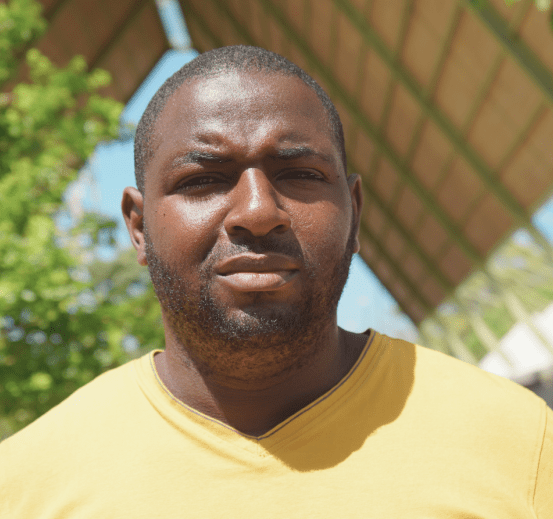
Herbert, Mexico
“There are entire families who have waited up to a year for the appointment”
I am the manager of the Buen Pastor shelter in Tapachula. This shelter for migrants has capacity for 1,200 people, but we have had up to 1,700. The months of October, November, and December were very busy. Now there are only about 900 people, including 200 children. There are people from Venezuela, Cuba, Nicaragua, Honduras, Guatemala, Brazil… we have also had Africans and Chinese.
After the cancelation of CBP One, some are returning. Two days ago, about 50 or 60 people left. Many are now also asking for refuge in Mexico.
More than 50 people had already made an appointment with CBP One at this shelter. These are people who have suffered a lot, who have been threatened along the way. Some of them had been returned by immigration [authorities in Mexico] from other parts of the country. There are entire families here who had waited up to a year for an appointment. A family of three people from Guatemala, for example.
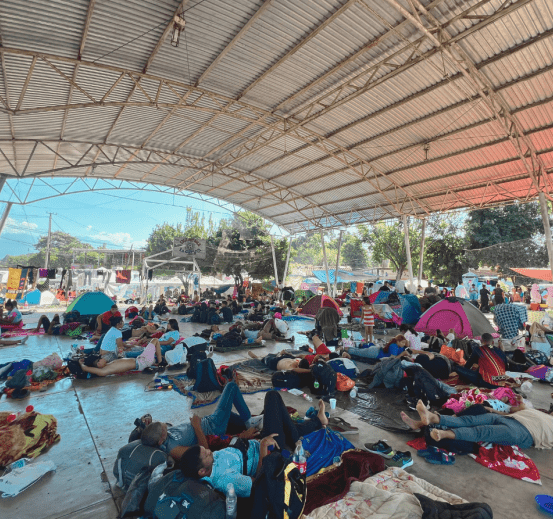
*Names have been changed




